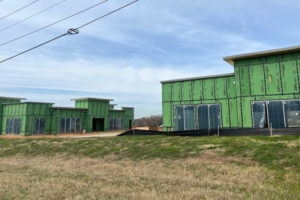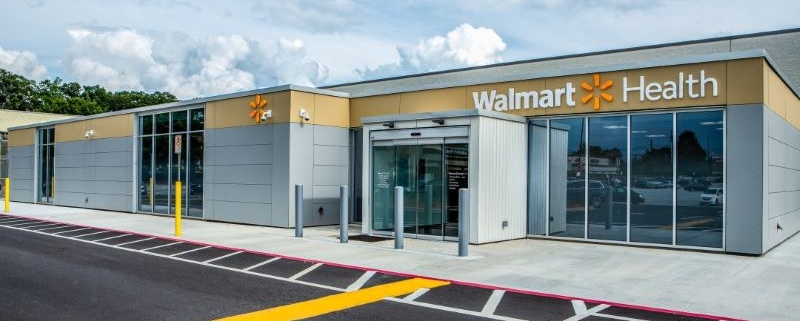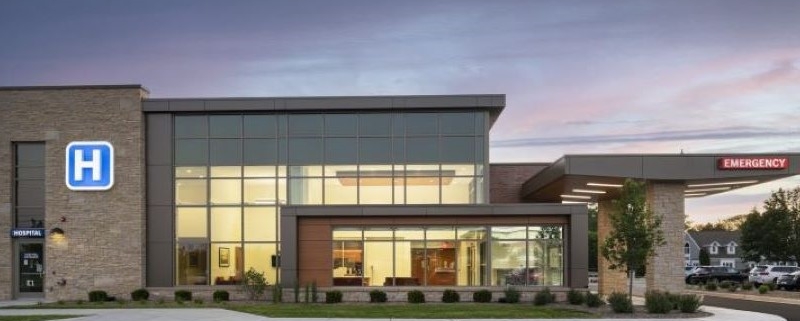Walmart launched Walmart Health in 2019, as a one-store pilot in Georgia. Since then, Walmart Health has grown to 48 locations in five states, as of late last year.
The medical centers, which are geared at patients with no or poor insurance coverage in underserved areas, are located next to or inside Walmart Supercenters. They offer a range of services, including primary and urgent care, labs, X-rays and diagnostics, dental, optical, hearing and behavioral health and counseling in one facility.
Walmart says a key differentiator of its centers is their inexpensive and transparent pricing at the point of service. The cost of services at a specific center vary based on factors like the baseline cost of healthcare services in a specific region, patient demographics and underlying area health needs.
The Arkansas-based company is one of a spate of retail giants racing to build up their primary care presence amid growing demand for affordable and convenient medical care. However, some companies have struggled to harmonize the size of their medical networks with the demand of building and operating the clinics.
Walmart says it is taking a more deliberate approach to expansion. However, the company did ratchet up its expansion plans last year before its more recent slowdown. Last March, Walmart said it would open 28 health centers in two new states, Missouri and Arizona, this year. One month later, Walmart said it would open an additional four centers in Oklahoma this year, entering that state for the first time, along with expanding its presence in Texas. Walmart previously said it planned to have more than 75 health centers operational by the end of this year.
Now, Walmart plans to hit that target in early 2025. The company delayed six planned openings in Phoenix, Arizona, due to “significant pressure on construction resources,” the Walmart spokesperson said. Those openings have been pushed back to early 2025. Four additional openings in Oklahoma City have also been paused, the spokesperson said.
Retailers are increasingly angling to snap up a larger slice of the $4.5 trillion healthcare system. Integrating primary care capabilities, whether physical or via telemedicine, allows the companies to provide a front door to the medical system for consumers and nudge them toward other services, like pharmacy capabilities, urgent care clinics, insurance offerings or medical devices for sale in stores.
As a result, the space has seen a number of multi-billion-dollar deals. Last year, CVS purchased value-based medical chain Oak Street Health for $10.6 billion and home care provider Signify Health for $8 billion, while Amazon closed its acquisition of primary care company One Medical for $3.9 billion.
Meanwhile, VillageMD — a primary care operator majority owned by Walgreens — has been actively pursuing deals with provider groups, including an $8.9 billion acquisition of New Jersey-based chain Summit Health. There was also speculation that Walmart was exploring a buy of value-based medical chain ChenMed late last year, though no deal emerged.
As a result of the activity, some 30% of the primary market could belong to nontraditional players by 2030, according to estimates from consultancy Bain. However, some retailers are struggling to manage their swelling networks. Despite a number of provider group acquisitions after gaining control of VillageMD, Walgreens recently pivoted to closing underperforming stores.
Walgreens had closed 140 of the health clinics as of March — more than double its previous goal of 60 closures to hasten the profitability of its health division. Along with its health centers, Walmart has made a number of other plays in the healthcare space, including partnering with an insurer and health system on care coordination in Florida. The company also brokers Medicare Advantage plans and offers co-branded MA plans with insurance giant UnitedHealth.
Walmart also bought a telehealth provider in 2021 and a chronic condition management tech platform in 2020.
Source: yahoo!finance





